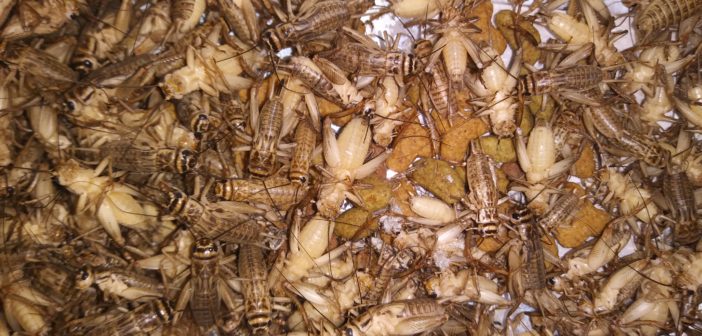During D-Term this year, a group of students conducted cricket research with assistant biology professor Dr. Chandreyee Mitra. Sophomore Rosaria Rae (’20) continued her work from over the summer and led a team in completing the project by the end of the term.
“We got significant results over the summer that high-density males would have a more attractive call, agreeing with multiple other studies,” Rae said. “For D-Term, we have made artificial calls, isolating the key elements of what makes an attractive call.”
The research consisted of experiments that test female choice of male calling songs of the species Acheta domesticus, also known as house crickets.
The female crickets were placed in between two speakers, located in the science center’s red room, each playing artificial male cricket calling songs. One song was a high-density male, while the other was a low-density male. High-density means the crickets were reared, or raised, in a high-density population, while low-density means the crickets were reared in a low-density population. The different rearing environments affect the calling songs of the male crickets.
“We found that A. domesticus males reared in high-density conditions produce songs with a significantly higher chirp rate, longer chirp duration (more pulses per call), and a higher dominant frequency,” Dr. Mitra said. These high-density calls resulted from the male crickets being reared in high-density populations because there is more male to male competition. Dr. Mitra suspected “that calls of high-density males will be preferred by females.”
The research resulted in the female crickets significantly responding to only the individual calling characteristic of chirp duration from high-density male crickets. There were no significant results from the trials testing chirp rate and dominant frequency.

